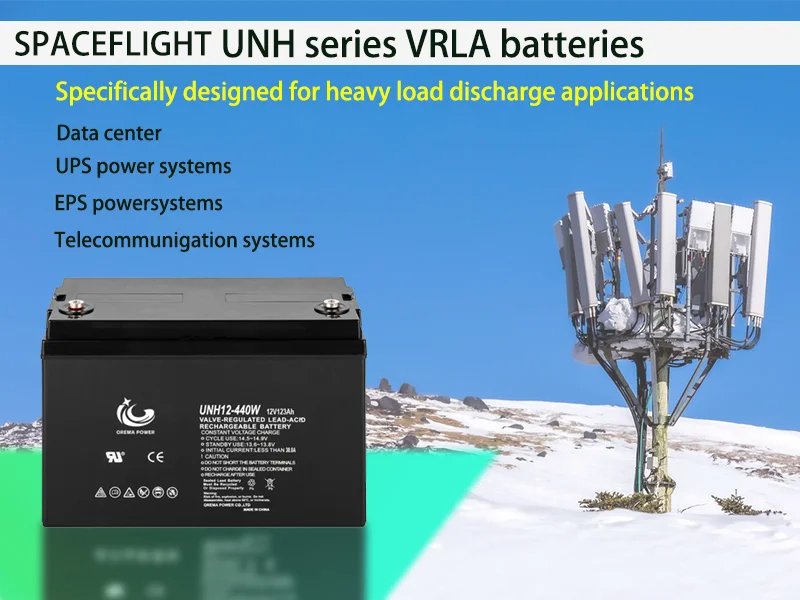In an era where technology is evolving at an unprecedented pace, high rate discharge batteries have emerged as a cornerstone of power solutions. These batteries are not just another addition to the battery market; they represent a leap forward in energy delivery capabilities.
Defining High Rate Discharge Batteries
A high rate discharge battery, also commonly referred to as a high power battery, is a marvel of engineering. It is meticulously designed and precisely engineered to rapidly deliver colossal amounts of power while maintaining its performance integrity and ensuring a long lifespan. Unlike conventional batteries, high rate discharge batteries are built to handle intense power demands without succumbing to degradation or failure.
Manufacturers play a crucial role in identifying these specialized batteries. They use labels that clearly indicate the high discharge capabilities of the battery, making it easy for consumers and industries to recognize their unique features. One of the key indicators is the C-rate value. A high C-rate signifies the battery’s ability to discharge a large amount of its capacity in a short period. For example, a battery with a 10C rate can discharge ten times its rated capacity in one hour. High rate discharge batteries typically have significantly higher C-rate values compared to standard batteries, highlighting their superior power delivery capabilities.

Key Characteristics of High Rate Discharge Batteries
The physical design of high rate discharge batteries is a testament to their functionality. They often feature larger electrodes, which provide a greater surface area for the electrochemical reactions that generate power. This allows for more efficient and rapid transfer of electrons, enabling the battery to deliver high currents. Additionally, thicker cell walls are a common characteristic. These robust cell walls not only provide structural integrity but also help dissipate heat generated during high-rate discharges, preventing overheating and ensuring the battery’s safety and longevity.
Types of High Rate Discharge Batteries
Among the various types of high rate discharge batteries available, 12V high rate batteries stand out as a popular choice in many applications. The 12V rating makes them compatible with a wide range of devices and systems that operate at this voltage. These 12V high rate batteries can be found in different chemistries, such as lithium-ion, nickel-metal hydride, and lead-acid, each with its own set of advantages and suitable applications.
For more demanding power requirements, high rate battery packs come into play. A high rate battery pack is essentially a collection of individual high rate batteries connected in series, parallel, or a combination of both. By combining multiple batteries, these packs can deliver higher voltages, increased capacities, and, most importantly, the ability to supply even greater amounts of power. This makes them ideal for applications where a single battery cannot meet the power demands, such as in large-scale electric vehicles or industrial equipment.
Applications of High Rate Discharge Batteries
The applications of high rate discharge batteries are vast and diverse. In the realm of transportation, electric vehicles (EVs) rely heavily on high rate discharge batteries. EVs need to accelerate quickly, which requires a large burst of power. High rate discharge batteries can provide this instant power, enabling smooth and rapid acceleration. They also support regenerative braking systems, where the battery quickly absorbs the energy generated during braking, further enhancing the vehicle’s efficiency.
Power tools are another significant application area. Cordless power tools, such as drills, saws, and impact wrenches, demand high levels of power in short intervals. High rate discharge batteries allow these tools to operate with the same power and performance as their corded counterparts, providing users with the freedom and convenience of cordless operation.
Drones have also benefited greatly from high rate discharge batteries. These unmanned aerial vehicles need to take off, maneuver, and land quickly, all of which require rapid power delivery. High rate discharge batteries ensure that drones have the power they need for agile flight and extended operation times.
In the industrial sector, high rate discharge batteries are used in equipment like forklifts and automated guided vehicles (AGVs). These machines need to start, stop, and move heavy loads, necessitating a battery that can deliver high power on demand. High rate battery packs are often employed in such applications to meet the stringent power requirements.
High Rate Discharge Batteries vs. Conventional Batteries
When compared to conventional batteries, the differences are stark. Conventional batteries are designed for more moderate power delivery over longer periods. They may struggle to provide the sudden bursts of power required by high-demand applications. High rate discharge batteries, on the other hand, are optimized for high-current delivery. Their unique design, higher C-rate values, and ability to handle repeated rapid discharges set them apart. While conventional batteries may be sufficient for low-power devices like remote controls or small toys, high rate discharge batteries are the go-to choice for power-hungry applications that require quick and reliable power.
In conclusion, high rate discharge batteries are revolutionizing the way we power our devices and systems. From 12V high rate batteries that power individual devices to high rate battery packs that fuel large-scale applications, these batteries are at the forefront of technological innovation. Their ability to deliver high power rapidly, combined with their durability and efficiency, makes them an essential component in today’s high-tech world. As technology continues to advance, the demand for high rate discharge batteries is only set to increase, driving further research and development in this exciting field.
